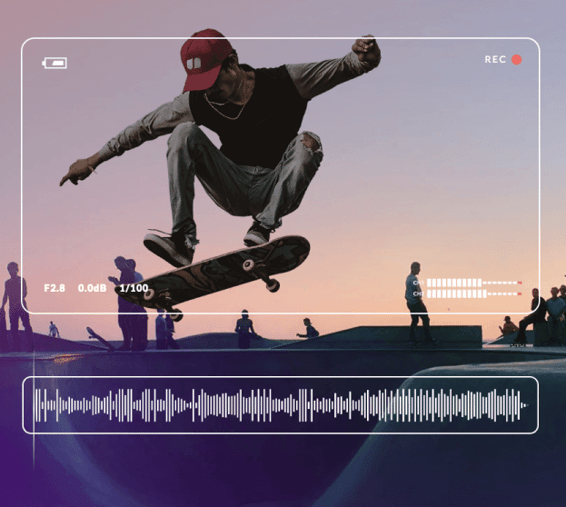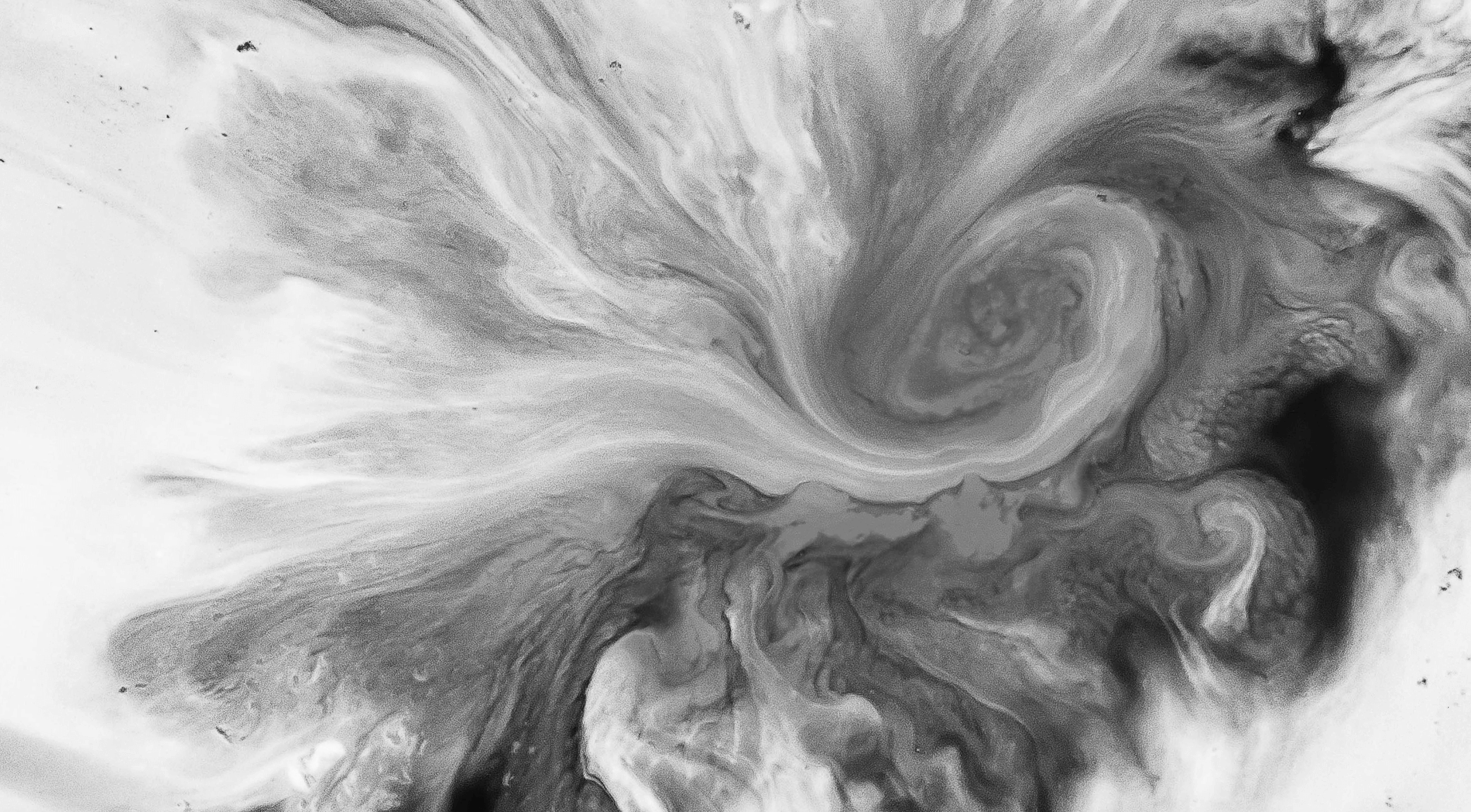Welcome to Outstanding
Ambient Music






Listen to Our Best Royalty Free Ambient Music
We know the right song can make or break your project. That’s why every track in our library is vetted by award-winning producers. Hear for yourself. We've curated a playlist with our best ambient music.
Looking for something different?
We got you. From classical to hip hop to indie, our audio library contains thousands of outstanding tracks. Use one of our 13 filters or check out other curated playlists to find what you need in minutes.
BROWSE THE FULL CATALOG
Dead Simple Licensing
Never worry about licensing again. With Soundstripe, your membership covers the cost for every song license. Just find the right track, download the file, and get a custom license. That’s it. No channel or media-specific fees, no recurring royalties, ever. Here’s more good news: you have unlimited licenses. Go ahead, download as many songs as you want.
How To Use Royalty Free Ambient Music In Your Videos
Most music relies heavily on structure. Tempo, meter, and even the traditional verse-chorus-bridge pattern have taught our brains how to interpret music.
This helps us process and even enjoy songs from different cultures or in different languages.
It feels odd to notice similarities between music and math. One is an artistic creation, and the other is the basic foundation for every field of science.
But the human brain relies on a set of rules to interpret data. Music is big enough to give voice to everything in our universe — from plants to planets — and a sense of consistency is what frees us to perceive things around us.
Well, throw out everything you know about music theory and traditional composition.
We’re talking about ambient music, which you can think of as the nonconforming rebel of the music genre family.
Brian Eno is a founding father of ambient music, and he calls himself a conceptual “non-musician.” He loves breaking rules with his songs, and listening to his studio albums can give us an early look at how that mindset shaped the ambient music that we enjoy today:
As you might expect, this genre can be hard to pin down and explain. But we’ll try to show you how ambient music can help you create simple, emotive atmospheres in your videos.
Knowing that will give you a new tool to improve your filmmaking, so let’s look at what royalty free ambient music is, how it can help your videos, and where to find songs to use in projects.
What Does “Ambience” Even Mean?
Ambience is the feeling or atmosphere that we associate with a person, place, or thing.
It’s not quite the same as nostalgia because it ties more to our sensory memory (the brain’s temporal lobe) versus our long-term memory (the hippocampus). But there is some overlap.
Here’s an example. You might not enjoy Olive Garden’s food, but it’s hard not to think of it as a quintessential Italian-American dining experience. The sounds, decor, and smells all work together to establish a very specific vibe. Even first-time guests make that connection.
That’s because of the ambience.
“Sonic seasoning” is a field of study that investigates how sound design and music choice affect how we eat food (“Why did I eat that so fast?”), how we perceives food (“Does a heavier fork make a meal seem higher quality?”), and even how we taste food (“Does food taste better on a round plate than a square one?”)
Perhaps that seems hard to understand, or even made-up, but this scientific field is proof that the ambience of a place affects our experience. And the memories of that experience affect how we remember and talk about a place.
Now, you’re probably curious how that applies to filmmaking. Videos don’t have as many sensory connections as a restaurant, a grandparent’s house, or an exotic tropical paradise. But good visual experiences can still deliver emotional journeys.
That should be your goal in every project. You’re a visual storyteller, but you’ve got access to other tools — like sound design — that can help you achieve that. And using ambient music is a straightforward way to step up your game.
And speaking of games, this genre is something that’s become common in video games.
Now that you’ve got a basic idea of how ambient music works, this video shows how musicians (and specifically composer David Wise) write soundtracks in this uniquely “disorganized” style.
If you aren’t a musician, there’s a good chance none of that makes sense. But for those of you who’ve dabbled in playing music, it really highlights how ambient music does so much with so little.
And for anyone who didn’t quite understand the specific details, let’s take a different approach to exploring how ambient music can work for you.
Trying To Define “Ambience”
Ambient music isn’t afraid to bust out of the restrictions set by traditional music. It’s an attempt to create something unique, with layers of tracks and instruments that might not work in other genres.
In some cases, tracks will include nature sounds to pull us into a specific place or time. Others go for a more Zen-like approach, delivering a calming or soothing experience that’s perfect for listening to while writing, doing homework, or falling asleep.
Still, ambient music is a pretty vague genre. Here are a few examples that we hope will make some sense of where you can use royalty free ambient music.
(And for what it’s worth, a lot of travel vloggers use ambient and chill music to keep the audience’s focus on the visual splendor of remote locations. We certainly don’t expect you to watch a 20-minute video, let alone a 60-minute visual tour, so feel free to skip around in these sample videos.)
We’ll start off with a quintessential ambient music experience. These sort of hour-long videos take us on a trip around the world. The music choices are here to provide a background sound without ever taking our attention away from the beautiful footage.
Of course, there are ways to deliver that same sort of calming experience without needing so much footage.
Unless you’re a travel vlogger who spends each week in a new country, you’re probably looking for easier ways to create a specific kind of emotion with music.
Moving on, this next example features a lot of the staples of an ambient track. There’s a lot of irregularity to the tempo and no specific or memorable melody. You also pick out a variety of natural instruments, synths, and environmental noises (wind) or sound effects (chimes).
If you’ve ever wanted a song to lull you into a calm, meditative state, this is it. It’s also easy to visualize how this could be used to set a brooding or even foreboding mood for a short film or documentary.
And in our next example, someone took the soundtrack from a video game — Ecco the Dolphin — and paired it with footage of dolphins swimming and playing.
The result is a mystical and otherworldly experience, and the video benefits from that ethereal sort of atmosphere. It also highlights how versatile ambient music can be, even across different mediums.
Our next (and final) example is something that really only succeeds as a video. This musician works with artists to create storytelling experiences, and the ambient song paints the mood even more than the visuals do. A static image with minimal animation just sort of works.
You can spot similarities between all of these videos. Regardless of the tone or mood, each video uses music like an emotional guide. The song choices lead us on a very specific journey, and it’s all part of the artist’s vision for the final product.
For the most part, these tracks succeed as background music. Ambient music is a vague and sometimes cryptic genre, mostly because it’s written to break a lot of the stereotypes or expectations that we have for what a “song” really is.
But that doesn’t mean it’s any less effective than other genres, or any less valuable when it comes to making videos.
Finding Royalty Free Ambient Music For Videos
If you’ve been making films or video projects for long, you know that creating a vision and recording it is only half the battle. The editing phase is a huge part of the creative process, and finding music is part of that.
But finding songs for commercial projects — not to mention songs that you think are actually good — can be a complete nightmare if you don’t know where to look.
As a creative who’s in the business of making videos that use music, you can’t afford to drag and drop any song into your project timeline. Choices like that can be the quickest way to copyright trouble, which could end with a $100,000 fine and time in prison.
Thankfully, that’s a worst-case scenario. But it paints a pretty serious picture that should remind you why music licensing is a thing to be respected and obeyed. You can’t afford to take any risks in this area if you want to keep creating videos and sharing them with others.
Music licensing exists as a way to make sure everyone gets paid for their art. As a creative, you understand what it takes to get your work to a point where it generates revenue — the same is true for music artists, no matter how many millions of records they sold last year.
But music copyright applies to more than just the performing artist. When you license a song, a portion of that payment also goes to the songwriter, the recording engineer, the record label, and anyone else who played a part in the development of the song.
It’s a necessary part of the process. You end up paying a larger fee, but it keeps everyone happy. And if you take the traditional music licensing route, that long process is the only way to make sure you will be legally protected from copyright claims or cease and desist orders.
So now you’ve finally got the song you wanted, signed an agreement with the copyright holders, and uploaded it into your video. You’ve finally gotten all your ducks in a row and you’re ready to publish or distribute your project!
Of course, once you have a licensing agreement, you’ll also be rolled into a royalty payment plan. These are monthly “shares” of any profit or revenue that your video generates.
Again, it’s another way to keep all of the song’s copyright holders happy. Royalties make sure that everyone who helped create the song gets compensated for its success — including the part the song plays in the success of your video.
But that’s not the end-all, be-all of music licensing. You have other options, namely royalty free music. And since you already did a little research on that topic, we bet you’ve got at least a basic understanding of how it works.
Still, the more you know about it, the better you’ll understand how royalty free music can make your life easier.
One Easy Step To Make Your Job Easier
Making the switch to royalty free music can save you time and money. It’s not necessarily a shortcut to fixing all of your editing struggles, but it can simplify the music searching process and also cut royalty payments out of your production budget.
Here’s how it works. If you grab music through a royalty free service, those companies handle a lot of (if not all of) the negotiating for you. And some companies have taken that to the next level, streamlining things to be as filmmaker-friendly as possible.
In the case of Soundstripe, we wanted to create a platform that helps musicians and filmmakers. To do that, we completely skipped the traditional music licensing to try something new.
We created a music subscription service. It’s like the Netflix or Disney+ of royalty free music, a place where you can browse a library of curated songs and download what you want without having to pay for individual tracks or understand lots of legal terms.
Signing up for a yearly or monthly subscription means you’ll get access to our entire library. And you can download as many songs for as many projects as you want. We won’t nickel and dime you, or hide any future fees or hiccups — you download a song and your project is covered forever.
We decided to hire musicians onto our team because we wanted to avoid the old-fashioned and outdated royalty and licensing fees. That means the songs they produce for our music library are owned by us and your subscription pays for the licensing or copyright fees.
And that’s it. One monthly or yearly fee gets you unlimited access to a growing library of songs to use in whatever projects you’re working on.
Finding royalty free ambient music is an important way to set the tone you want for your videos, and Soundstripe makes it easy (and cost effective) for you to do that. It’s just one more way that we’re trying to help you make more and better videos.
Further reading
Interested in reading more top resources and getting our best filmmaking tips and tricks? Here are a couple of our most popular articles from across the Soundstripe blog:


Have questions? Give us a call
855.224.0847
Soundstripe - Unlimited Music for Video
© 2017-2020 A Product of Soundstripe, Inc
Nashville TN



